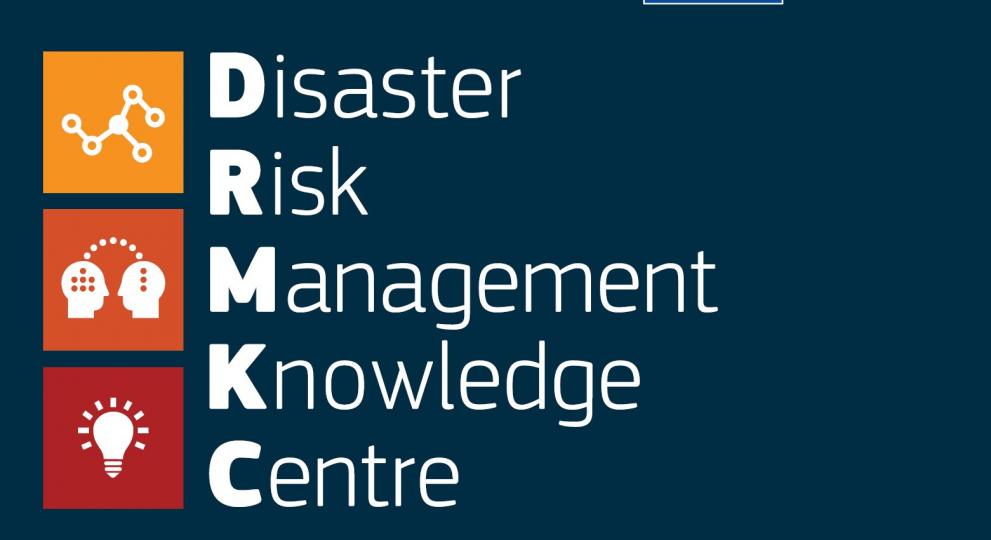
The European Commission's Disaster Risk Management Knowledge Centre (DRMKC) has launched an open consultation to gather input from the disaster risk management community on Recommendations for National Risk Assessment for Disaster Risk Management in EU.
The recommendations will help in reaching a common understanding of how to quantify risks and impacts for a wide range of natural and man-made hazards – such as floods and droughts, cyber-attacks, nuclear threats and epidemics.
The aim is to develop comparable risk assessments based on solid scientific evidence, ultimately helping to better protect EU citizens from potential threats.
Countries participating in the EU Civil Protection Mechanism already perform national risk assessments once every 3 years.
However, for most hazards, different countries are applying different methodologies.
This means it can be difficult to reach a common understanding of relative risks across countries.
And without the ability to compare potential impacts generated by different hazards and threats, there's a danger of risk management plans being based on perceptions and feelings rather than on solid evidence.
But solving the issue is not necessarily straightforward. Assessing each hazard needs a slightly different methodology - identifying the areas at risk of being flooded is different to identifying the areas at risk of suffering land-slides or droughts, for example.
Furthermore, defining the vulnerability to seismic hazard is quite different from the vulnerability to cyber-attacks.
By gathering evidence for a wide range of risks and consulting across several sectors to share knowledge and draft guidelines, the report and consultation will tackle these issues head on.
The aim is to help reach a common understanding and address questions like: how should individual risks be quantified? And how can potential and varying impacts be compared?
The consultation and 'version 0' of the report were launched during the Global Platform for Disaster Risk Reduction.
Stakeholders are invited to participate in the consultation which will stay open until the end of September 2019.
Background
National Risk Assessment (NRA) can be an overwhelming process and presents a challenge for every country in terms of resources, time and complexity.
The multi-disciplinary nature of NRAs requires the involvement of many affected sectors and parties from different communities to consider their perspective, information, experiences and knowledge.
The NRA process has the demanding objective of finding a common understanding with all relevant stakeholders of the risks faced and their relative priority in a transparent way to make disaster risk management planning efficient and to increase the country's resilience in a steady, sustainable and timely manner.
Different hazards as well as different assets require very different analysis of their risk.
In order to support the integrated DRM approach there is a need to compare risks across hazards and to understand the different drivers of risk.
The report 'Recommendations for National Risk Assessment for Disaster Risk Management in EU' is the result of the collaborative effort of 9 JRC expert groups to start covering drought, earthquakes, floods, terrorist attacks, biological disasters, critical infrastructures, chemical accidents, nuclear accidents, and Natech accidents risks.
The aim is to find common risk metrics integrating through this open consultation the existing collective knowledge in the different domains.
The DRMKC is working to foster the transfer of knowledge and technologies across networks specialised on different hazards and threats (the source of the knowledge) to be able to strengthen the science-policy interface by providing integrated support to the policy cycle (where that knowledge applies).
For example, a recent scientific article on 'Dealing with cascading multi-hazard risks in national risk assessment: The case of Natech accidents' gives insights on how and in which setting Natech risks should be assessed in the NRAs.
At a global level, by reinforcing a risk-informed approach to policy-making, the EU is contributing to the implementation of the UN Sendai Framework for Disaster Risk Reduction, the Paris Agreement on climate change, the New Urban Agenda, and the overarching UN 2030 Agenda for Sustainable Development.
Related Content
Report: Recommendations for National Risk Assessment for Disaster Risk Management in EU
Details
- Publication date
- 16 May 2019
